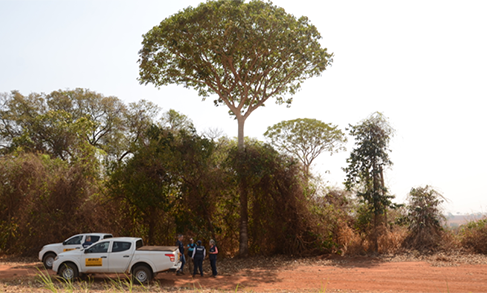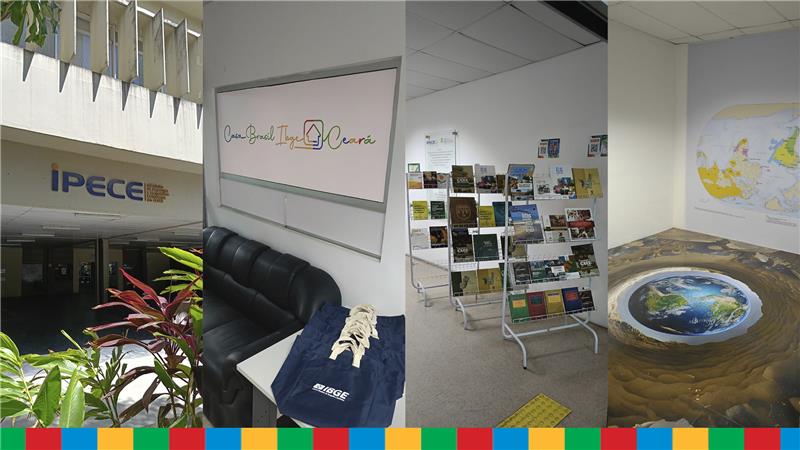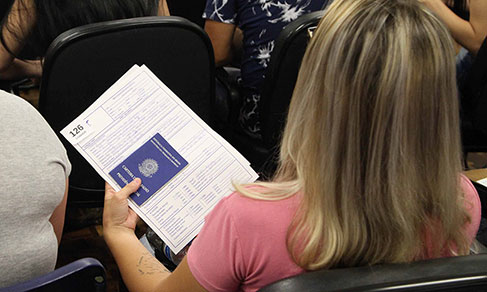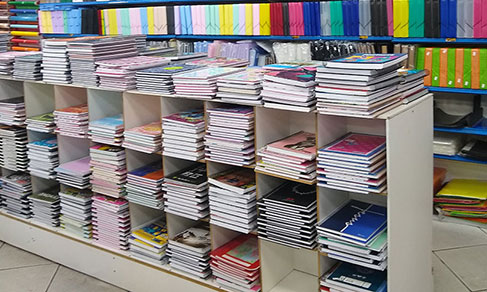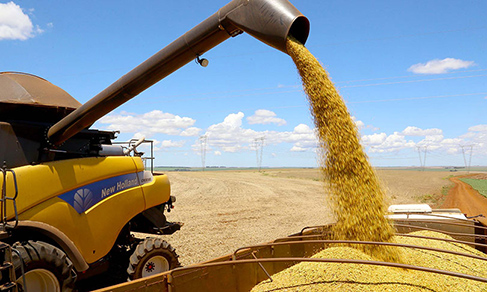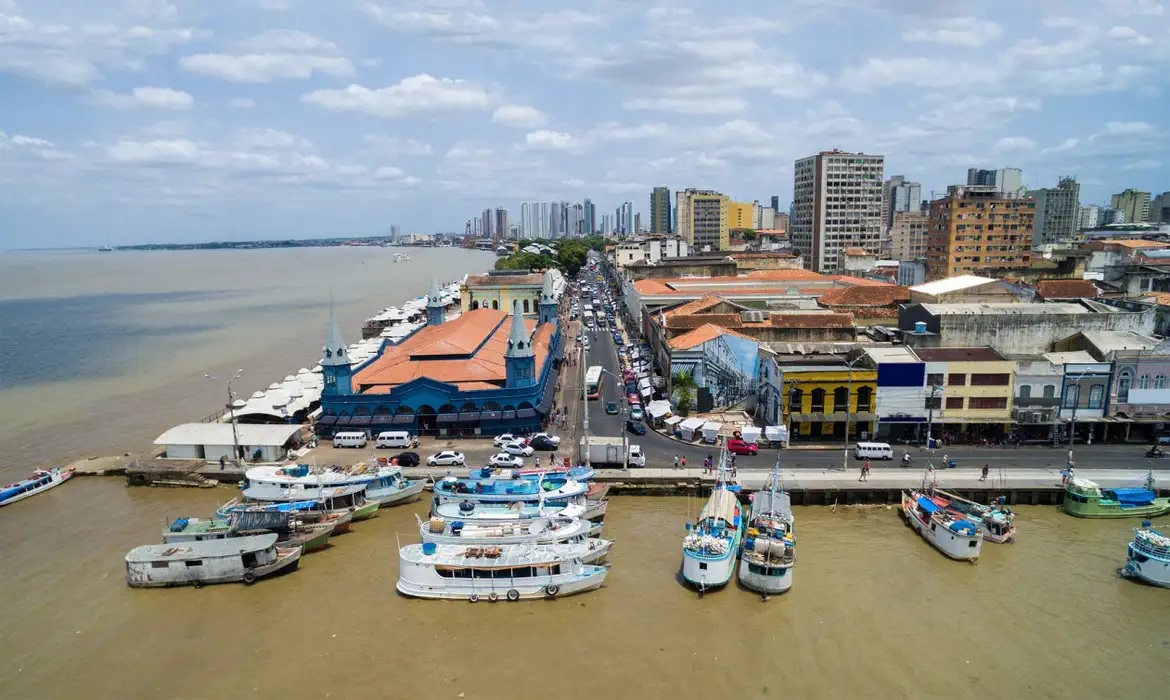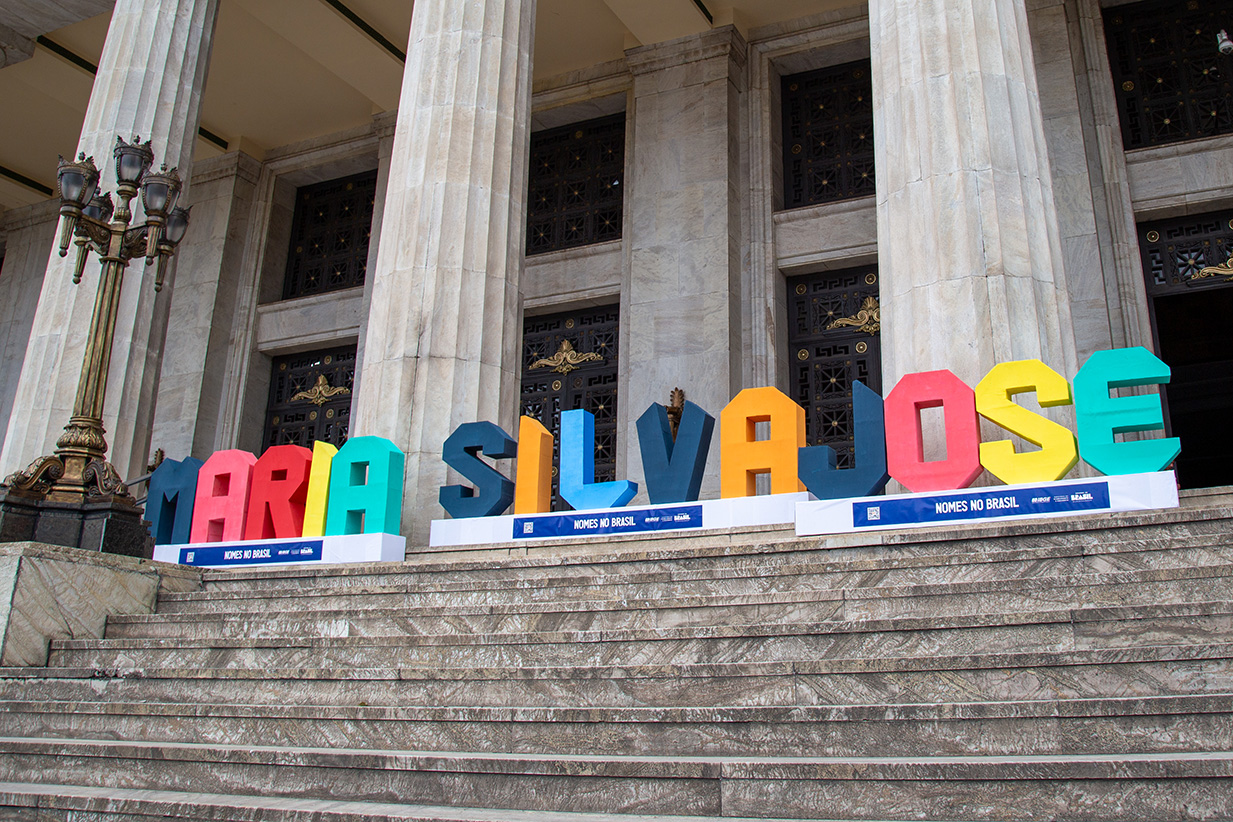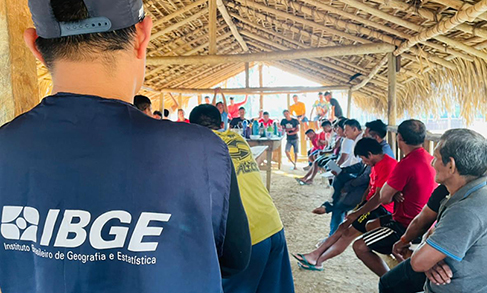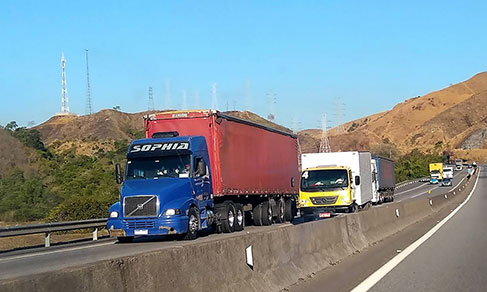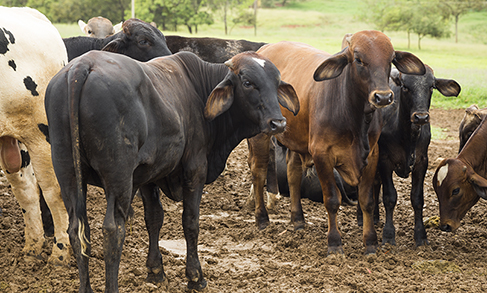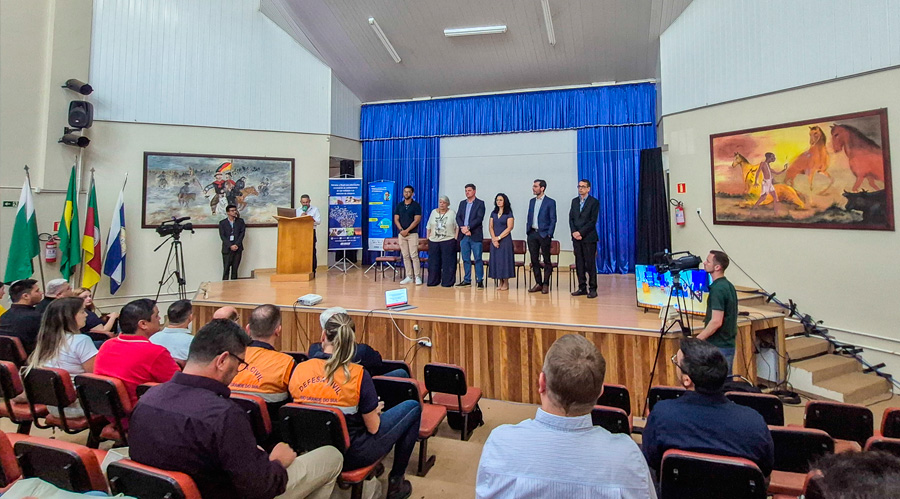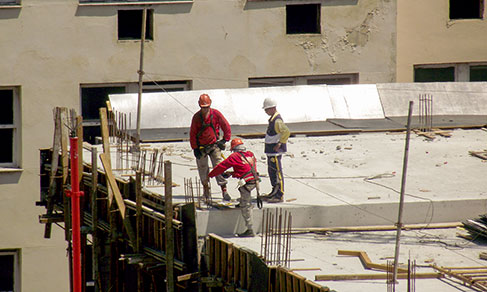Continuous PNAD
IBGE releases results of Continuous PNAD on child labor at ILO
December 21, 2023 11h35 AM | Last Updated: December 21, 2023 05h03 PM
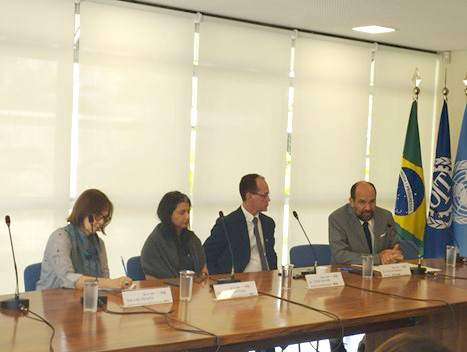
On Wednesday 20, in Brasília, the IBGE released the Continuous National Household Sample Survey (Continuous PNAD) Labor of Children and Teenagers aged between 5 and 17 years - 2022. Of experimental character, the survey is focused on the adoption of Resolution IV of the 20th International Conference of Labor Statisticians (ICLS), held in 2018 in Geneva, Switzerland, on statistics of child labor, promoted by the International Labor Organization (ILO).
The release occurred at the ILO´s auditorium, in Brasília, with the presence of Vinícius Pinheiro, ILO´s Director for Brazil, and Laís Abramo, National Secretary of Care and Family. The results were presented by Cimar Azeredo, IBGE´s Director of Surveys) and Adriana Beringuy, IBGE´s Coordinator of Household Sample Surveys.
Cimar Azeredo opened the event reminding the history of the cooperation between the IBGE and the ILO in labor statistics and thanked those present in the event who contributed to the current status of the survey. “It is a work coordinated by the IBGE, though it is only possible with your support,” said him.
Azeredo also recalled the work of more than 2,500 IBGE professionals in charge of the data collection, key to the development of a survey of such size. “The only way to carry out this survey is through the IBGE´s field surveyors, it is not possible to do it with administrative records. That´s why I ask this recognition, that persons receive the surveyors and improve the surveys to better portray the reality,” stated the IBGE´s director.
On the other hand, Adriana Beringuy highlighted that it is an experimental statistics resulting from discussions between the IBGE and its partners. “This survey was conceived to fill a gap of an important information for a specific group of our society. So we have new indicators and we are assessing new methods and ways to measure what we want to investigate, the child labor,” explained her.
Beringuy also said that the presentation refers to the results for the population aged between 5 and 17 years who accomplished either economic activities or production for self-consumption. “Among those children who worked, we will highlight those who are in situation of child labor. And then we bring a specific division of what we call children whose occupations would be listed under the worst forms of child labor.”
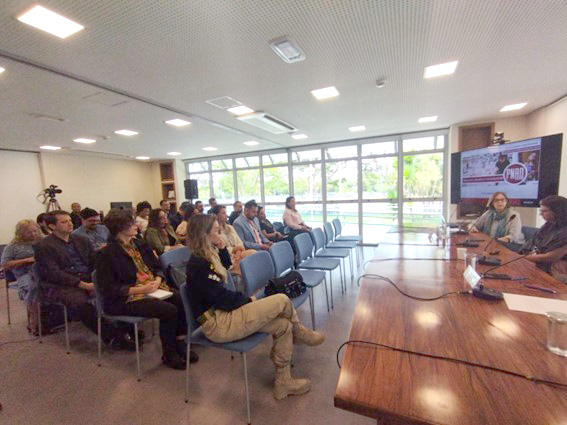
When talking about the results, Vinícius Pinheiro highlighted a big expectation in relation to the new figures, because the last ones had been released in 2019. “The figures released today reflect the result of the pandemic, which coupled effects of the economic crisis with school dropout.”
Pinheiro stated that child labor is a mortgage of the future. “The poverty of families in situation of economic vulnerability is reproduced through child labor and it produces a trap for the future, a vicious circle of perpetuation of poverty, which, in fact, jeopardizes not only the future of these families and children, but also the sustainable development of any nation,” explained him.
Laís Abramo reminded that fighting child labor should be a joint fighting of the entire society. “It involves the social dialog and the cooperation among government, employers, workers, different spheres of the federation, Justice and the Legislative. Yet, it should be a multi-sectoral policy as well: labor surveillance is key, cash transfer is key, so is the strengthening of the social protection system and the cultural change of the mentality that ‘it is better to have children working than in the streets’.”
Abramo also highlighted the role of the Ministry of Social Assistance and Development, Family and Fight against Hunger (MDS) in preventing and sheltering the victims of child labor. “There is even a cooperation project between the MDS and the ILO aiming at strengthening the answer to child labor. We have many expectations concerning this project, which also depends on these data to advance,” stated her.
The survey
The Continuous PNAD Labor of Children and Teenagers aged between 5 and 17 years 2022 captures information about economic activities and production for self-consumption, as well as about school activities and domestic tasks and care of persons accomplished by this age group. It also includes information on children and teenagers who accomplish labor from the List of the Worst Forms of Labor (TIP list). The survey counted with the partnership of the Brazilian Government, Program for the Eradication of Child Labor, National Council of Rights of Children and Teenagers, ILO and United Nations International Children´s Emergency Fund (UNICEF).


